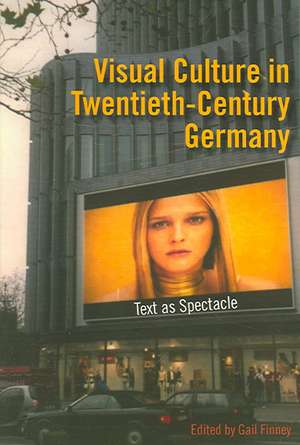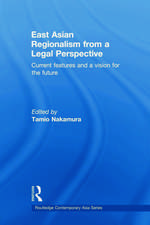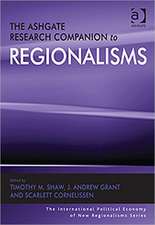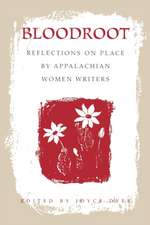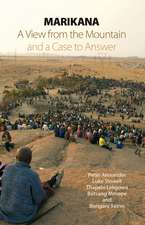Visual Culture in Twentieth–Century Germany – Text as Spectacle
Autor Gail Finneyen Limba Engleză Paperback – 19 iun 2006
Visual Culture in Twentieth-Century Germany explores a wide spectrum of visual media in 20th-century Germany in their critical and social contexts. Contributors examine film, photography, cabaret performance, advertising, architecture, painting, dance, television, and cartography, investigating the ways in which these visual media were inflected by aesthetic innovation, changing attitudes toward gender and sexuality, and the political upheavals of the day. This volume sheds new light on German cultural history during the 1900s and represents a major contribution to the field of visual culture studies."
Preț: 213.01 lei
Nou
Puncte Express: 320
Preț estimativ în valută:
40.76€ • 42.40$ • 33.65£
40.76€ • 42.40$ • 33.65£
Carte tipărită la comandă
Livrare economică 14-28 aprilie
Preluare comenzi: 021 569.72.76
Specificații
ISBN-13: 9780253218339
ISBN-10: 0253218330
Pagini: 320
Ilustrații: 22
Dimensiuni: 156 x 233 x 21 mm
Greutate: 0.5 kg
Editura: MH – Indiana University Press
Locul publicării:United States
ISBN-10: 0253218330
Pagini: 320
Ilustrații: 22
Dimensiuni: 156 x 233 x 21 mm
Greutate: 0.5 kg
Editura: MH – Indiana University Press
Locul publicării:United States
Cuprins
Gail Finney, University of California, Davis. "Introduction"Part I. Questions of Methodology and AestheticsCh. 1. Questions of Methodology in Visual Studies, Nora M. Alter; Ch. 2. The Interarts Experiment in Early German Film, Ingeborg Hoesterey; Ch. 3. From Dance to Film: The Cinematic Art of Leni Riefenstahl and Dorothy Arzner, Dagmar von Hoff; Ch. 4. The Photographic Comportment of Bernd and Hilla Becher, Blake Stimson; Ch. 5. Ready, Set, Made! Joseph Beuys and the Critique of Silence, Jan Mieszkowski; Ch. 6. Las Vegas on the Spree: The Americanization of the New Berlin, Janet WardPart II. Gender And SexualityCh. 7. Magnus Hirschfeld and the Photographic (Re)Invention of the 'Third Sex,' David James Prickett; Ch. 8. (Un)Fashioning Identities: Ernst Lubitsch's Early Comedies of Mistaken Identity, Valerie Weinstein; Ch. 9. Cigarettes, Advertising, and the Weimar Republic's Modern Woman, Barbara Kosta; Ch. 10. Brecht, Fassbinder, and Queer Montage, Patrick Greaney; Ch. 11. Activism, Alterity, Alex &Ali: Writing Germany's First Gay Sitcom, Thomas J. D. Armbrecht; Ch. 12. Gender, Imperialism, and the Encounter with Islam: Ruth Beckermann's Film A Fleeting Passage to the Orient, Dagmar C. G. LorenzPart III. Political DimensionsCh. 13. Cartographic Claims: Colonial Mappings of Poland in German Territorial Revisionism, Kristin Kopp; Ch. 14. Face/Off: Hitler and Weimar Political Photography, Lutz Koepnick; Ch. 15. 'Send in the Clowns': Carnivalizing the Heil-Hitler Salute in German Visual Culture, Peter Arnds; Ch. 16. Visual Signaling Systems in East German Political Cabaret: The Case of Berlin's Distel, Michele Ricci; Ch. 17. Reframing Celan in the Paintings of Anselm Kiefer, Eric Kligerman
Recenzii
This volume of essays by 17 scholars is the outgrowth of a session on German visual culture at the 2001 Modern Language Association convention and represents a desire by German studies scholars to enter into the recently expanding arena of cultural studies. The essays cover a huge range of visual culture in 20th-century Germany that includes early German and Nazi era cinema, recent East German cabaret stage design, television sitcoms, contemporary painting and performance art, and the architectural transformation of Berlin since 1990. The essays are grouped into three sections--methodology and aesthetics, gender and sexuality, and political dimensions--that can be read either thematically, synchronically (according to visual medium), or chronologically (within the three sections) as editor Finney states in her introduction. The quality of scholarly insight among the individual essays is uneven, although some of the essays on methodology and aesthetics are enlightening. Others are as valuable for their works-cited sections. Many of the essays remind one that the most cogent observations on German visual culture are still to be found in the writings of Walter Benjamin, Theodor Adorno, and other early, 20th-century critics. Summing Up: Optional. Graduate students; faculty.W. S./P>--W. S. Bradley, Mesa State College"Choice" (01/01/2007)
Notă biografică
Gail Finney is Professor of Comparative Literature and German at the University of California, Davis. Her publications include The Counterfeit Idyll: The Garden Ideal and Social Reality in Nineteenth-Century Fiction; Women in Modern Drama: Freud, Feminism, and European Theater at the Turn of the Century; Look Who's Laughing: Gender and Comedy (ed.); and Christa Wolf.
Descriere
The first comprehensive treatment of visual culture in 20th-century Germany
